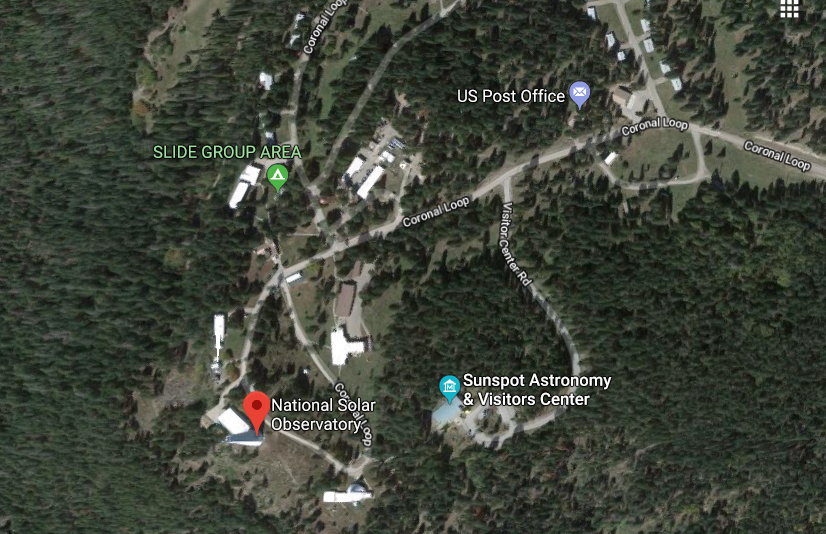
I found this story interesting because, a great deal does go on in NM, many people Are Not aware about.
At first very little was known about the evacuation of the Dunn telescope and a nearby post office.
According to Science Mag
The U.S. Postal Service (USPS), which has a small office on the same site as Sunspot that mostly handles mail deliveries for the observatory, has also been shut down, though spokespeople for the office say the post office being closed is incidental. “Whatever’s occurring there has nothing to do with us,” says Rod Spurgeon, the USPS spokesperson for the New Mexico area. Spurgeon downplayed the idea that the incident could involve any sort of mailed biohazard or bioterror. “I haven’t heard of anything like that going on,” he says. Liz Davis, a public information officer at the U.S. Postal Inspection Service, which handles law enforcement for the USPS, confirms there is “no criminal activity, which is what Postal Inspection Service would be dealing with.”
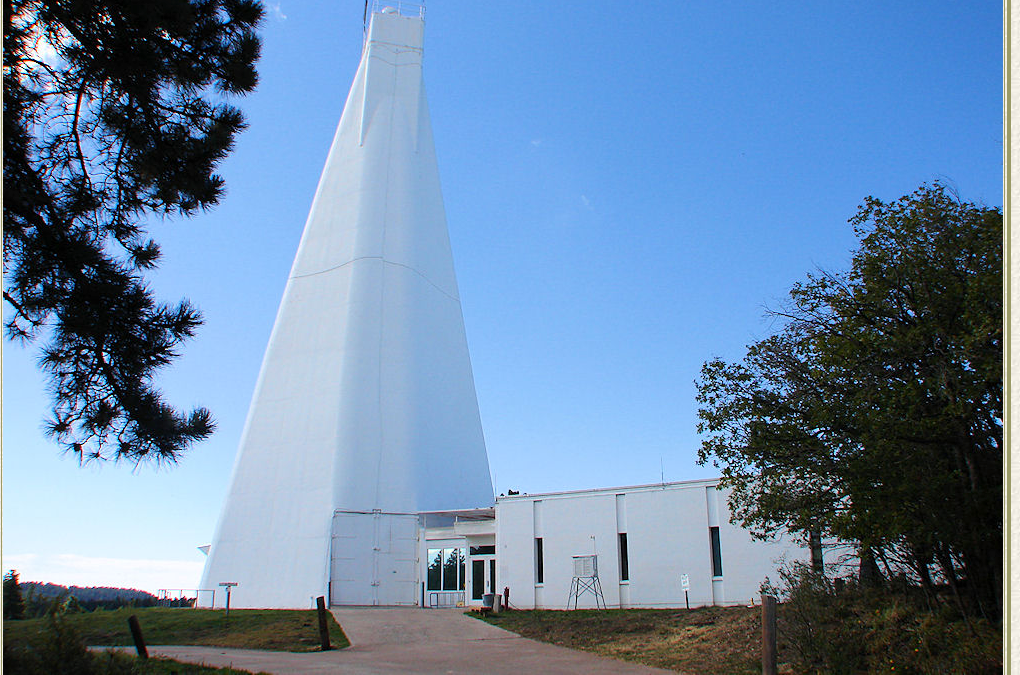
The Sunspot observatory on Sacramento Peak overlooks Holloman Air Force Base and an observer could potentially see out to the U.S. Army’s White Sands Missile Test range. That has raised questions about possible espionage. “New Mexico is a center of national-security-related science, and for that reason it has also been a prominent venue for foreign espionage,” says Steven Aftergood, director of the Federation of American Scientists’ Project on Government Secrecy. “Spies go where the secrets are, and there are plenty of secrets in New Mexico.”
Aftergood wonders if someone at the Sunspot observatory somehow inadvertently spotted a classified satellite or transmission, triggering the shutdown.
NASA’s statement and explanation was,
On Sept. 9, 2018, NASA's Solar Dynamics Observatory, SDO, saw two lunar transits as the Moon passed in front of the Sun. A transit happens when a celestial body passes between a larger body and an observer. This first lunar transit lasted one hour, from 4:30 pm to 5:30 p.m. EDT and obscured 92 percent of the Sun at the peak of its journey. The second transit happened several hours later at 9:52 p.m. and lasted a total of 49 minutes, ending at 10:41 p.m. EDT. This transit only obscured 34 percent of the Sun at its peak
According to Fox News
A New Mexico solar observatory reopened Monday after an 11-day FBI investigation of a janitor who was suspected of using the facility’s internet to download child pornography, federal court documents revealed Wednesday.
The National Solar Observatory in Sunspot, New Mexico, abruptly closed Sept. 6 over an undisclosed security issue.
Investigators determined the observatory’s janitor had used his laptop to connect to the facility’s wireless internet system, an FBI affidavit said. Federal authorities obtained a warrant to the search the suspect’s residence, Reuters reported, citing FBI records.
On Sept. 14, FBI agents removed three cell phones, five laptops, one iPad, an external hard drive, and other electronic devices, from the suspect’s home, FBI records showed.
An FBI spokesman said the case is still under investigation. According to the FBI, the suspect has not been arrested or charged.
Then along came the Janitor story and Fox reported,
An FBI officer said she was “investigating the activities of an individual who was utilizing the wireless internet service of the National Solar Observatory … to download and distribute child pornography.”
Investigators determined the observatory’s janitor had used his laptop to connect to the facility’s wireless internet system, an FBI affidavit said. Federal authorities obtained a warrant to the search the suspect’s residence, Reuters reported, citing FBI records.
On Sept. 14, FBI agents removed three cell phones, five laptops, one iPad, an external hard drive, and other electronic devices, from the suspect’s home, FBI records showed.
An FBI spokesman said the case is still under investigation. According to the FBI, the suspect has not been arrested or charged.
An Albuquerque Newspaper posted,
According to a search warrant filed in U.S. District Court in Las Cruces, the FBI began investigating after a wireless signal at the observatory, located on Sacramento Peak in the Lincoln National Forest, accessed child porn multiple times since January.
The FBI decided to shut down the facility after the chief observer became concerned for his personal safety when the janitor said there was a serial killer in the area and was fearful that the killer might “enter the facility and execute someone.”
Also interesting about the one control area for the camera on that telescope near Sunspot, I've heard 13 other cameras at the same time were shut down at other observatories world-wide and was able to verify 6 myself. Interesting of the pedo priest problem and pedophile abuse and agenda attached to Each area!
Prior to the Janitor pedophilia pornography found info, some outlets were reporting possible mercury spills as a threat.
Could be feasible as,
the telescope's entire optical system – from the top of the Tower to the base of its underground portion, plus the 40-foot diameter observing room floor – is suspended from the top of the Tower by a mercury float bearing. The bearing, in turn, is hung on three bolts, each only 76 millimeters (3 inches) in diameter. The entire optical and mechanical structure of the telescope is longer than a football field and weighs over 250 tons.
Others pinpointed the "security issue" mentioned may encompass,
This theory was put forth by CNET writer Eric Mack, who opines that perhaps foreign influencers have either hacked the equipment or infiltrated the observatory, perhaps to gain better looks at nearby White Sands Nuclear Missile Range.
Others of course got it Out of the way that it could have something to do with the surrounding "alien" history with Roswell, White Sands, Alamagordo, being there and history surrounding the caves and expansion underground the general public of course cannot access, but by the surrounding layout there is a vast network.
Still many sources even referenced "conspiracy theorists" speaking of tunnels.
Now it's interesting that they would bring tunnels up or thumb their nose at it as a large portion of the telescope is indeed underground.
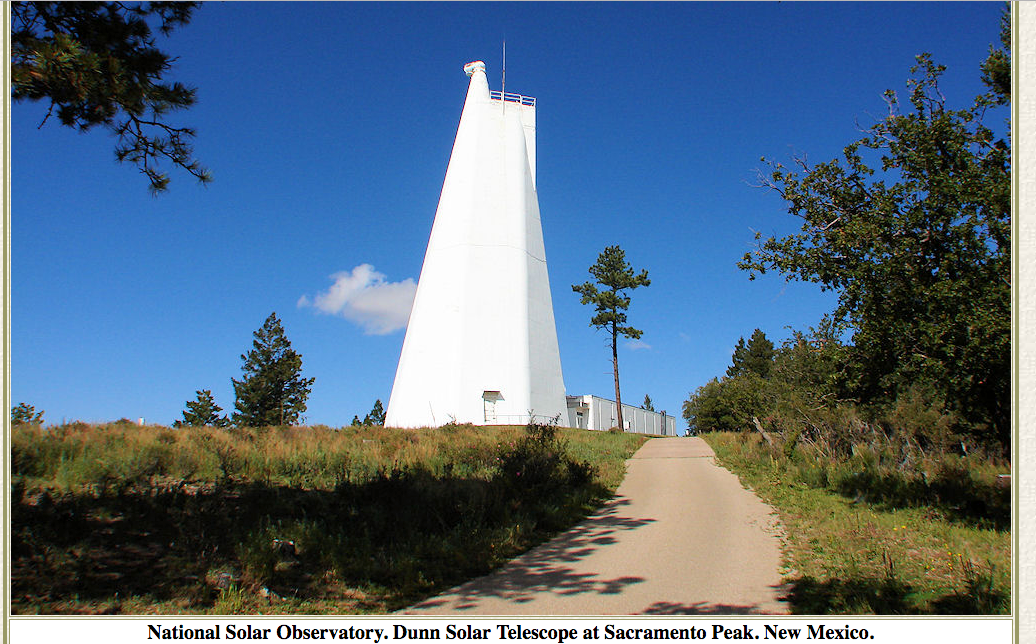
Like an iceberg, only a part of the telescope's bulk is visible above ground. The optical path starts at a heliostat on top of a 136-foot-tall (41 m) tower and continues 193 feet (58.8 m) more underground to the primary mirror. The lowest excavated point (the bottom of the sump) is 228 feet (69.5 m) below ground.
Wonder why various sources were brave enough to draw attention to it by what they perceived would cause people to negate the idea, but it's fairly telling what they are afraid of people discovering they are really up to.
It is very interesting all the work these laboratories do and in many cases working for the Department of Energy.
My grandfather worked at Sandia National lab for years.
Before we delve into the history, let's just take a look at what they Do Tell us about the work they do on tunnels. Now of course and as all good Patriots know, they are indeed "attempting to help us and others!"
In 2012 we have Nedra Bonal of Sandia’s geophysics and atmospheric sciences organization, trying to detect tunnels dug by smugglers of drugs, weapons or people.
They start their story with "you'd think it would be easy." In referring to finding these tunnels.
Then they follow it up with, "you'd be Wrong!" Well, indeed we would be!
So basically a two year study was conducted for this,
Her eventual goal is to come up with a seismic detection process for the border and other areas where tunnels pose a security threat. Bonal’s project is funded by Sandia’s Early Career Laboratory Directed Research and Development program.
Most tunnels are found by tips from people rather than by scientific methods, Bonal said.
Fortunately, since the DOE can spend money doing it This way they will. Or is that really what they were doing?
Researchers deploy instruments for a seismic data acquisition survey parallel to a border fence in California. The photo shows some acquisition equipment, including an SUV-mounted accelerated weight drop to generate seismic waves.
“It would be great if we could use this to do a better job with tunnel detection, so you could scan an area and know if there is or is not a tunnel and find it and stop it,” she said.
If researchers discover what it takes to pinpoint tunnels, the next step would be to develop streamlined seismic methods that would be more practical for the Border Patrol and military.
The study arose from earlier work at Sandia detecting shallow tunnels. Bonal said she was surprised when standard refraction and reflection processing techniques Sandia used could not successfully pinpoint some tunnels.
Researchers speculate the difficulty might be what’s called a halo effect around a tunnel, in which fracturing and other geological anomalies create diffuse boundaries and hide the tunnel.
Illusion is their game.
The team ran the hydrology models to get some results, then converted those results into seismic velocities that could be plugged into Sandia’s 3-D elastic seismic wave propagation simulation code, Bonal said. These results will produce synthetic seismograms that will be compared to field data from the real environment and can be used to develop other processing techniques. That will in turn produce data that’s expected to look like what’s collected in the field.
The standard used to show the relationship of saturation in pores in rock or earth to seismic velocities is an oil industry standard called the Biot-Gassmann theory. However, few experiments have tested that theory at shallow depths where border tunnels are commonly dug, Bonal said.
I wonder why?
The Biot-Gassmann theory holds well at greater depths where pressure is more intense and the rock is more consolidated,
It Sure Does!
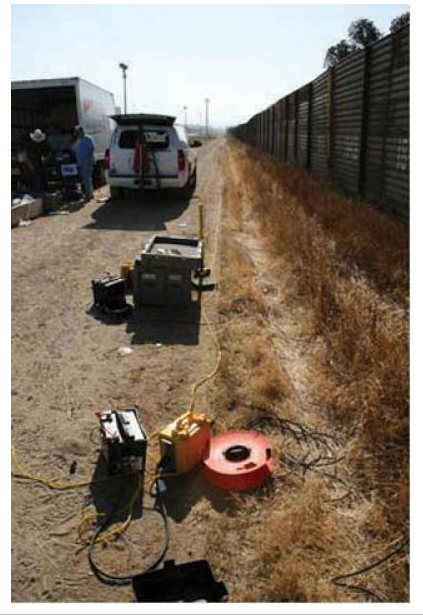
Photo of some acquisition equipment, including an SUV-mounted accelerated weight drop to generate seismic waves.
Back to the history of Sandia Laboratories,
Sandia is a multiprogram national laboratory operated by Sandia Corporation, a Lockheed Martin company, for the U.S. Department of Energy’s National Nuclear Security Administration.
Sandia Laboratories has other locations. The site, which began with a singular nuclear weapons mission, now supports all Sandia missions. Nuclear weapons accounts for nearly half of the site’s work, along with strong programs in homeland security, transportation energy, cyber and chemical and biological defense.
Sandia labs main facilities in Albuquerque, N.M., and Livermore, Calif., Sandia has major R&D responsibilities in national security, energy and environmental technologies and economic competitiveness.
There is also an energy climate program.
Here is the history and how it changed hands,
Don't miss the Nanotech in the government links source I give at the bottom.
Here's just a little info,
Using an artful combination of nanotechnology and basic chemistry, Sandia National Laboratories researchers have encouraged gold nanoparticles to self-assemble into unusually large supercrystals that could significantly improve the detection sensitivity for chemicals in explosives or drugs.
Hongyou Fan, Sandia National Laboratories researcher Hongyou Fan holds a container enclosing gold supercrystals in front of a small-angle X-ray scattering instrument, one of the tools he uses to characterize his unusual creations. (Photo by Randy Montoya) Click on the thumbnail for a high-resolution image.
“Our supercrystals have more sensing capability than regular spectroscopy instruments currently in use, just like a dog’s nose has more sensing capabilities than a human’s,” said lead Sandia researcher Hongyou Fan.
Other researchers previously reported forming gold supercrystals but only in the micron range, too small for commercial production, said Fan, whose submillimeter supercrystals are easily manipulated with industrial tools of the macroworld.
The ejected particles, refugees from the solution, then crystallize as small seeds. The growth of facets makes them available to respond to a wide variety of incoming chemical odors or light band frequencies.
The proper concentrations of materials and particle immersion times are important factors in creating large crystals. The process may take as long as a week.
The work was funded by the U.S. Department of Energy’s Basic Energy Sciences office and by Sandia’s Laboratory Directed Research & Development program. Work was carried out in part at the Center for Integrated Nanotechnologies, a DOE Office of Science user facility jointly managed by Sandia and Los Alamos national laboratories.
Here is the history and how it changed hands,
Sandia Laboratory was operated by the University of California until 1949, when President Harry S. Truman asked Western Electric, a subsidiary of American Telephone and Telegraph (AT&T), to assume the operation as an "opportunity to render an exceptional service in the national interest." Sandia Corporation, a wholly owned subsidiary of AT&T Corporation, managed and operated the laboratory until October 1993. The United States Congress designated Sandia Laboratories as a National laboratory in 1979. In October 1993, Sandia National Laboratories (SNL) was managed and operated by Sandia Corporation, a wholly owned subsidiary of Lockheed Martin. As of May 2017, Sandia National Laboratory is managed by National Technology and Engineering Solutions of Sandia, a wholly owned subsidiary of Honeywell International.
There was a security breach in 2007. The official story is
in February, a New Mexico State Court found Sandia Corporation liable for $4.7 million in damages for the firing of a former network security analyst, Shawn Carpenter, who had reported to his supervisors that hundreds of military installations and defense contractors' networks were compromised and sensitive information was being stolen – including hundreds of sensitive Lockheed documents on the Mars Reconnaissance Orbiter project. When his supervisors told him to drop the investigation and do nothing with the information, he went to intelligence officials in the United States Army and later the Federal Bureau of Investigation to address the national security breaches. When Sandia managers discovered his actions months later, they revoked his security clearance and fired him.
In 2014 an investigation determined Sandia Corp. used lab operations funds to pay for lobbying related to the renewal of its $2 billion contract to operate the lab. Sandia Corp. and its parent company, Lockheed Martin, agreed to pay a $4.8 million fine.
Another government owned lab Los Alamos National Laboratory is known to have deep underground laboratories. Some miles deep.
LANL is a U.S. owned Department of Energy National Laboratory. For years the town dwellers referred to it as the "secret city." Also known as Project Y.
Three major nuclear related accident have occurred. One in 1945, 1946 and 1958.
It was known they had conducted laser ray experiments there for years among other projects.
n 1999, Los Alamos scientist Wen Ho Lee was accused of 59 counts of mishandling classified information by downloading nuclear secrets—"weapons codes" used for computer simulations of nuclear weapons tests—to data tapes and removing them from the lab. After ten months in jail, Lee pleaded guilty to a single count and the other 58 were dismissed with an apology from U.S. District Judge James Parker for his incarceration. Lee had been suspected for having shared U.S. nuclear secrets with China, but investigators were never able to establish what Lee did with the downloaded data. In 2000, two computer hard drives containing classified data were announced to have gone missing from a secure area within the laboratory, but were later found behind a photocopier; in 2003, the laboratory's director John Browne, and deputy director, resigned following accusations that they had improperly dismissed two whistleblowers who had alleged widespread theft at the lab. The year 2000 brought additional hardship for the laboratory in the form of the Cerro Grande Fire, a severe forest fire that destroyed several buildings (and employees' homes) and forced the laboratory to close for two weeks
Sandia National Laboratory is home to the Z Machine. The Z Machine is the largest X-ray generator in the world and is designed to test materials in conditions of extreme temperature and pressure. It is operated by Sandia National Laboratories to gather data to aid in computer modeling of nuclear weapons.
It's also interesting the access to equipment these labs have. They do try to keep much of it hidden from the public's eyes and attempt to gate and close off areas.
They also conducted this experiment which would seem to require actual tunnels to test.
Sandia led a project that studied how to decontaminate a subway system in the event of a biological weapons attack (such as anthrax). As of September 2017, the process to decontaminate subways in such an event is "virtually ready to implement," said a lead Sandia engineer.
So . . . a study for decontamination in tunnels at a government owned facility in NM**about a year Prior to this evacuation where this observatory closed down and in 2018.
At Sandia, Each TA has it's own equipment where some consist of just to name a few, reactor facilities, gamma irradiation facility, several inertial-confinement fusion research and pulsed power research facilities, including the High Energy Radiation Megavolt Electron Source (Hermes-III), the Z Facility, the Short Pulsed High Intensity Nanosecond X-Radiator (SPHINX) Facility, and the Saturn Accelerator. TA-IV also hosts some computer science and cognition research.
There are test areas, collectively known as Coyote Test Field, are located southeast of TA-III and/or in the canyons on the west side of the Manzanita Mountains. Facilities in the Coyote Canyon Test Field include the Solar Tower Facility (34.9623 N, 106.5097 W), the Lurance Canyon Burn Site and the Aerial Cable Facility.
In light of the information you can research concerning Operation Mockingbird and Operation Gladios these project are of special interest.
They have many open-source software projects that really are rather interesting.
LAMMPS (Large-scale Atomic/Molecular Massively Parallel Simulator) is a molecular dynamics library that can be used to model parallel atomic/subatomic processes at large scale. It is produced under the GNU General Public License
ParaView is a cross-platform application for performing data analysis and visualization. It is a collaborative effort, developed by Sandia National Laboratories, Los Alamos National Laboratories, and the United States Army Research Laboratory, and funded by the Advanced Simulation and Computing Program.
Otero County Sheriff Benny House said the Otero County Sheriff's Office was asked to standby.
"The FBI is refusing to tell us what's going on," House said. "We've got people up there (at Sunspot) that requested us to standby while they evacuate it. Nobody would really elaborate on any of the circumstances as to why. The FBI were up there. What their purpose was nobody will say."
He said he has a lot of unanswered question about what occurred at Sunspot.
"But for the FBI to get involved that quick and be so secretive about it, there was a lot of stuff going on up there," House said. "There was a Blackhawk helicopter, a bunch of people around antennas and work crews on towers but nobody would tell us anything."
House said he pulled his deputies from the facility after there was no identifiable threat.
"They wanted us up there to help evacuate but nobody would tell us anything," he said. "We went up there and everything was good. There was no threat. Nobody would identify any specific threat. We hung out for a little while then we left. No reason for us to be there. Nobody would tell us what we're supposed to be watching out for."
House said he doesn't understand why Sunspot didn't call or notify them of the situation.
"They're not federal employees," he said. "It maybe somebody who threatened one of their workers. If that's the case, why didn't call us and let us deal with it. These guys are regular workers that work for this company. I don't know why the FBI would get involved so quick and not tell us anything."
This is Usually how it goes in NM. Oddities and unexplained phenomena generally downplayed along with efforts to distract or remind everyone that hey, it's SCIENCE and anyone who asks questions, well, a bunch of cooks and conspiracy theorists.
My dad had an apt name for them. . .Spooks!
Interesting they conducted this study,
Paul Taylor and John Ludwigsen of Sandia’s Terminal Ballistics Technology Dept. 5431 and Corey Ford, a neurologist at UNM’s Health Sciences Center, are in the final year of a four-year study of mild TBI funded by the Office of Naval Research. The study is the only TBI research that combines computer modeling and simulation of the physical effects of a blast on the human brain with analyses of clinical magnetic resonance images (MRIs) of patients who suffer such injuries, Paul says.
Well that's useful considering all the people we knew who had died and are still dying who lived in the little town of Los Alamos, New Mexico from brain aneurisms or contracted/contract brain cancer.
So they can do a better job of protecting against some of these events we are seeing clinically and from a physics perspective,” says Paul, Sandia’s principal investigator on the project. “To do that we’ve got to know what are the threshold conditions that correlate with various levels of TBI.”
You know what they say, in order to produce matter and anti-matter, the scientists needed to know how to destroy matter!
Enter need for entering the war and the justification for the Manhattan Project.
These laboratories have incidents which occur demonstrating they do indeed work with dangerous chemical and equipment.
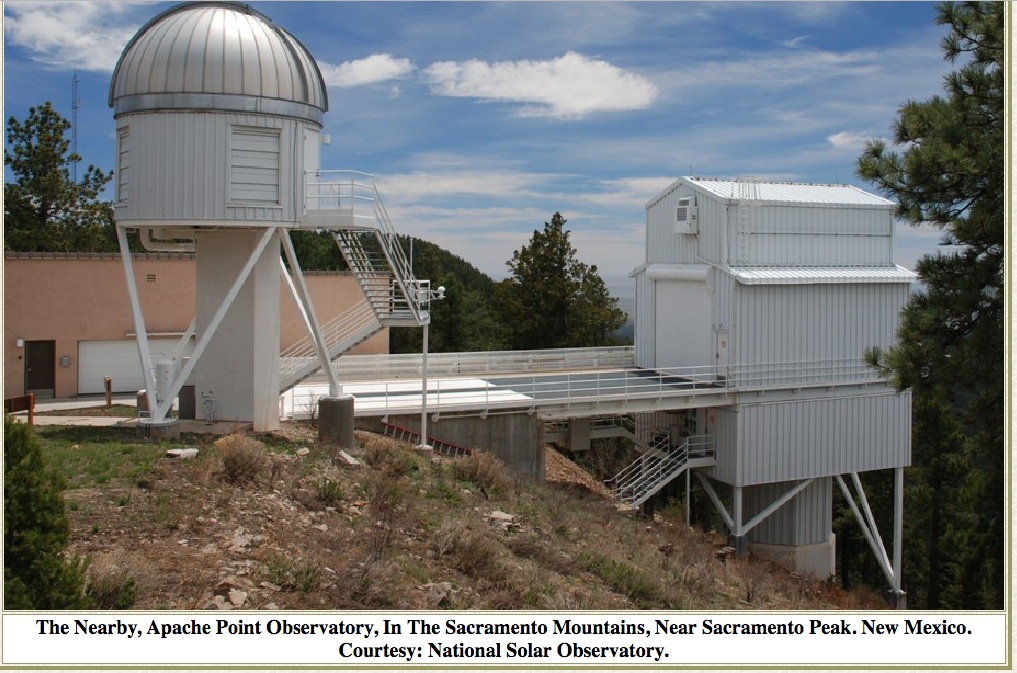
For instance things of this nature can occur as this just did this year
Lab building evacuated Monday as hazmat crews remediate bulging drum
Take my advice and steer clear when running on the paths in the mountains marked "contamination area."
Please let me know your thoughts and findings on this. Take care and Godspeed!
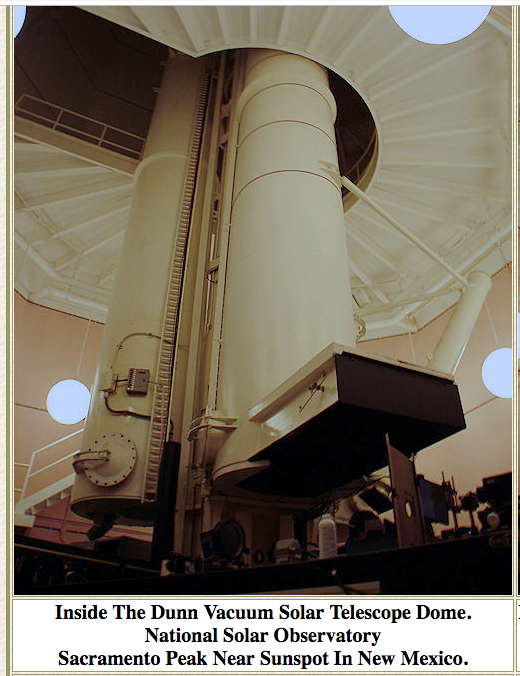
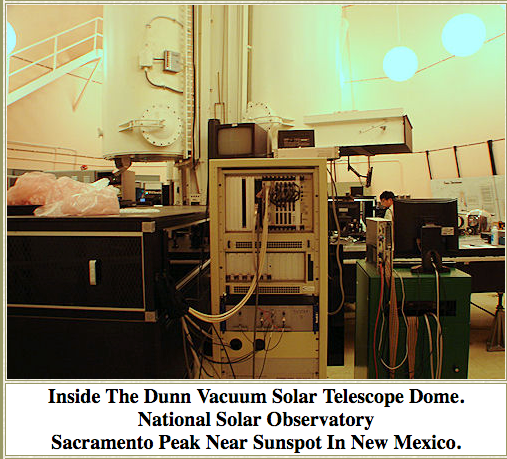
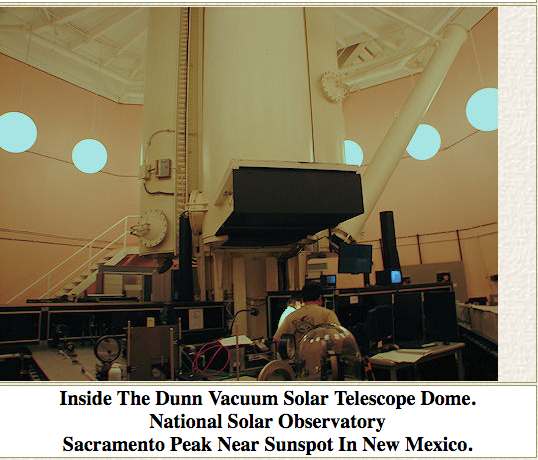
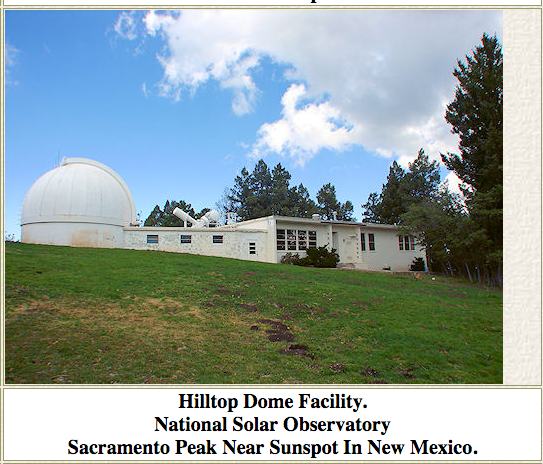
Sources,
https://www.sandia.gov/news/publications/labnews/archive/12-02-11.html
http://www.therooseveltreview.com/after-mysterious-closure-solar-observatory-in-new-mexico-reopens/
https://phys.org/news/2018-09-sdo-lunar-transits-space.html
https://www.lamonitor.com/content/lab-building-evacuated-monday-hazmat-crews-remediate-bulging-drum
https://share-ng.sandia.gov/news/resources/news_releases/seismic_tunnels/
https://share-ng.sandia.gov/news/resources/news_releases/supercrystal_sensing/
If I told you the others. . .Well. . .
